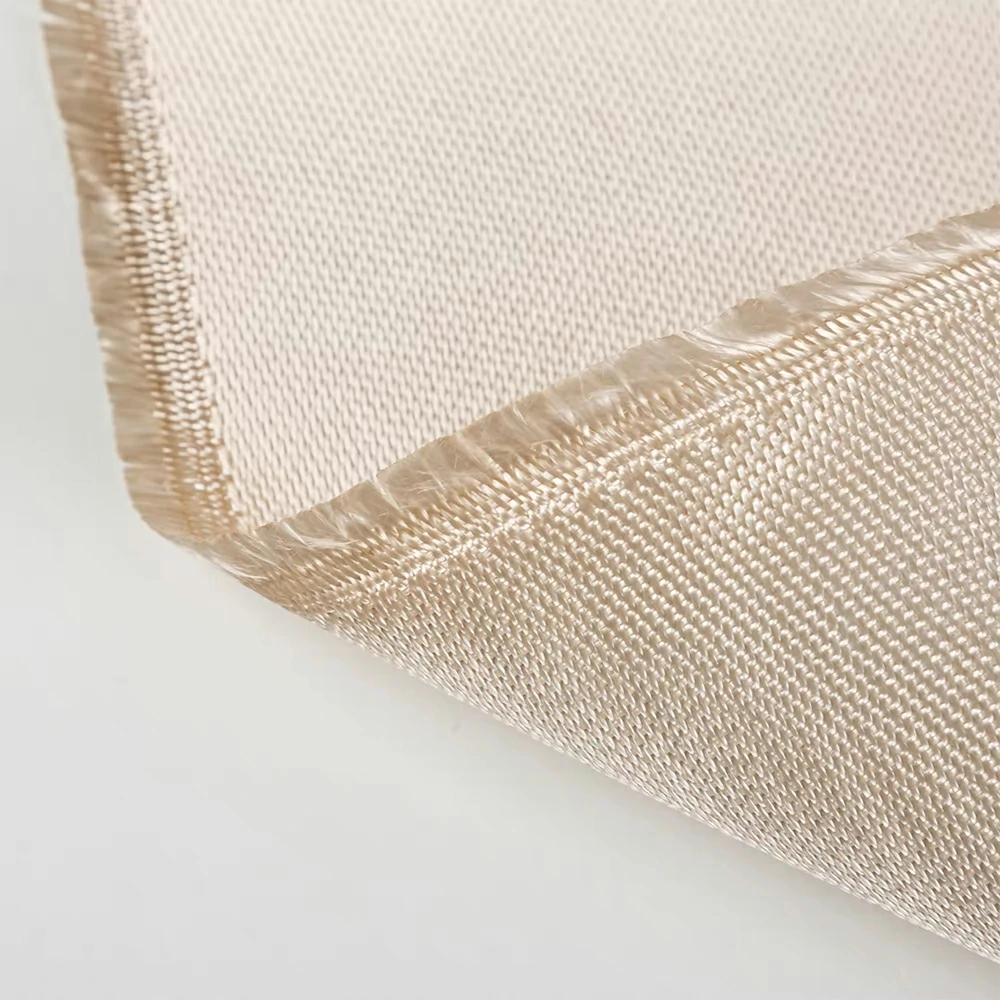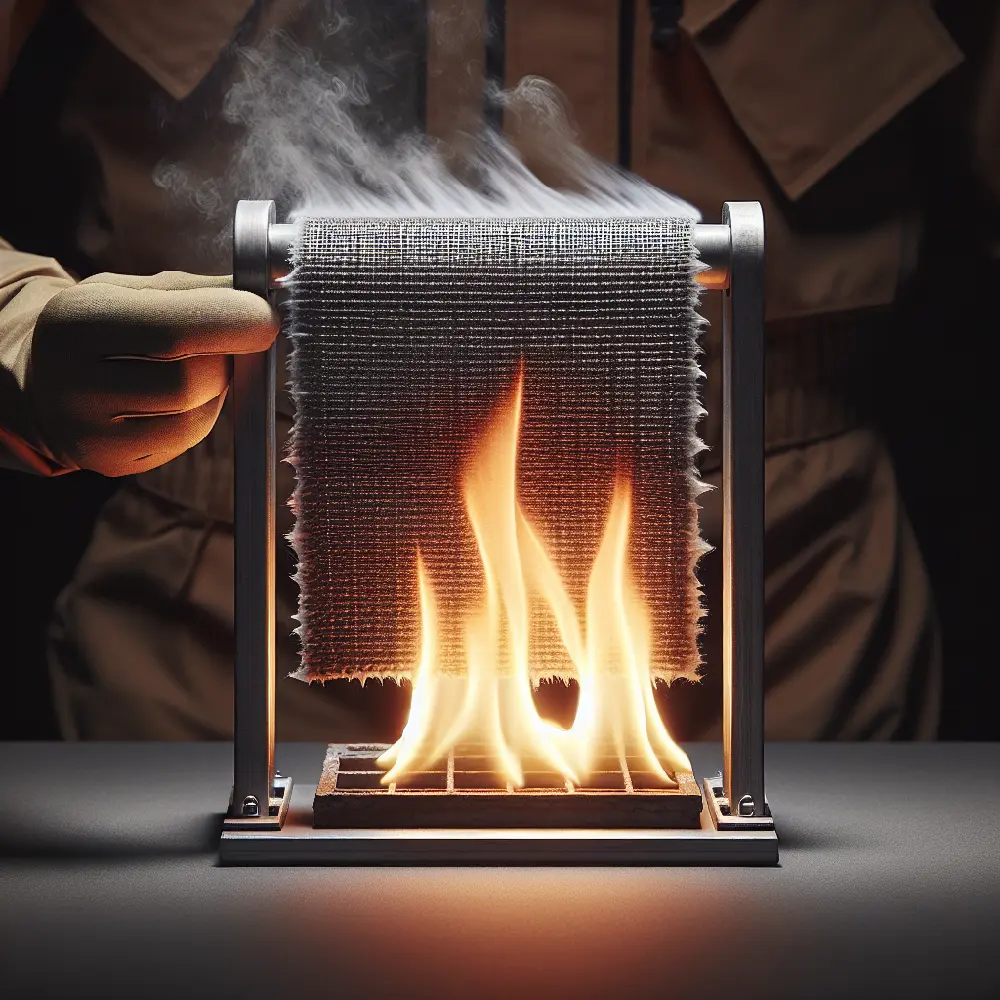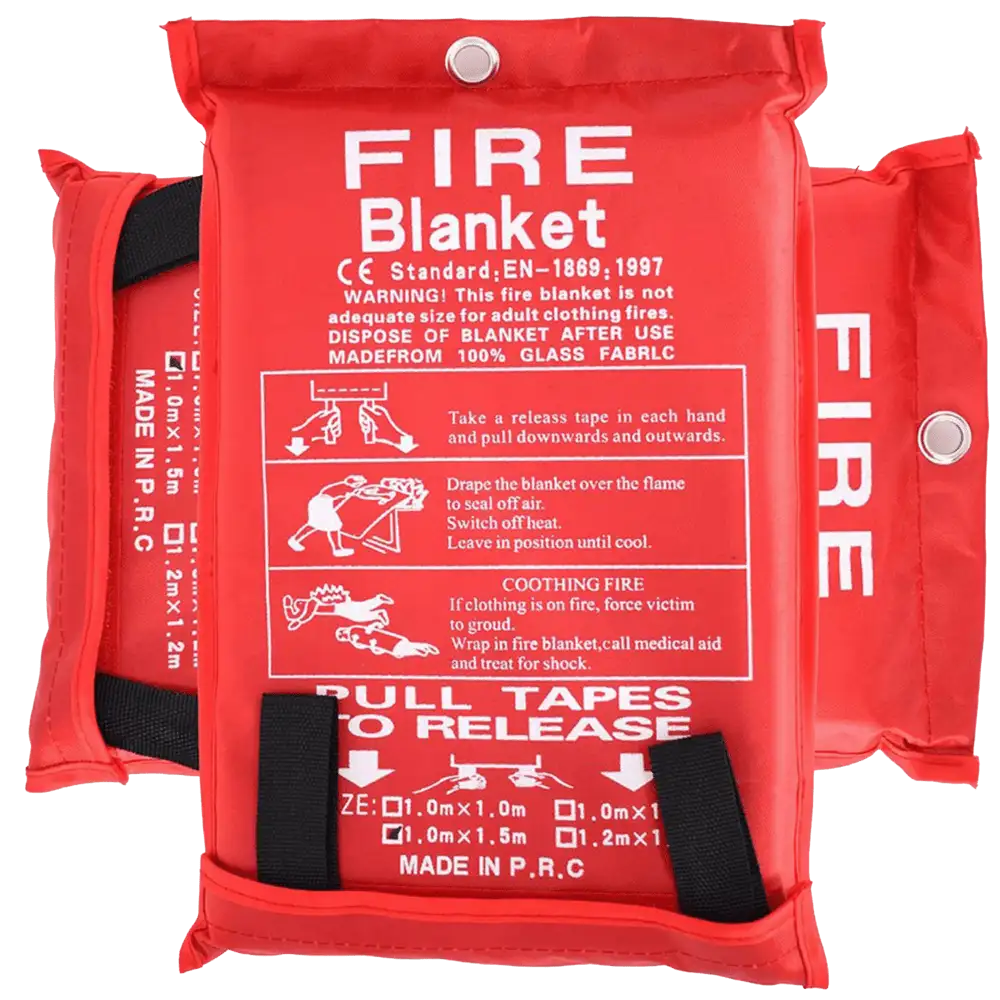
The ceramic fiber fabric made of high-purity aluminum silicate ceramic fiber as the primary raw material has the advantages of a lightweight, low thermal conductivity, chemical corrosion resistance, fire retardant, electrical insulation, and high strength.
The color of the ceramic fiber blanket is white, colorless, odorless, absolutely safe, and will not be corroded by acid and alkaline liquids (sulfuric acid, phosphoric acid, citric acid, etc.), so it is mass-produced into ceramic fiber insulation blanket rolls for piping systems, high-temperature furnace protective cover.
Ceramic Fiber Paper Features:
Excellent chemical resistance: The corrosion resistance of ceramic wool is very suitable for pipeline protection and thermal protection in the chemical industry.
Excellent thermal shock resistance: Ceramic fiber wool can work continuously in an environment of 983°C (1800°F), up to 1260°C (2300°F), and the melting point temperature of ceramic fiber paper is 1648.9°C (3000°F), and even at this working temperature, the ceramic fiber material will not burn, (ASTM-D-6413) this thermal shock resistance makes it very suitable for use as the first material for fire retardant.
Waterproof solid and recovery ability: The soft ceramic fire blanket will not lose its working ability even if it is wet with water or wholly penetrated by high-temperature steam. Ceramic fiber has a powerful recovery ability. The performance will return to the same as before it was wet, and it also has excellent antioxidant capacity.
Excellent tensile strength: Under the ASTM D 412/DIN 53504 standard, the tensile strength of ceramic fiber insulation cloth reaches 110-150 lb/t, and the solid mechanical strength is enough to make this ceramic fiber insulation material in various heavy industrial environments easy to do.
Ceramic Fireproof Insulation Application:

Insulation covers, expansion joint,
High-temperature insulation material for industrial furnaces and ladle, ladle, immersion nozzle,
Electrical insulation and thermal insulation materials for industrial electric furnaces,
Furnace door and furnace body expansion joint sealing material,
Cast aluminum model lining,
Release of glass-ceramic and hot-melt glass,
High-temperature gasket,
Thermal insulation and electrical insulation materials for heating devices or equipment,
Noise-absorbing and heat-insulating materials for automobile mufflers,
Exhaust pipe insulation,
Isolation and anti-sintering material,
Bao thermal insulation layer, hair straightener curl, hair iron thermal insulation layer, electronic appliance thermal insulation layer.
The above is the introduction of ceramic fiber fabrics. Heaterk is a professional manufacturer of ceramic fiber materials. Visit our product center to learn more about fireproof and thermal insulation materials.
 Top 5 Heat-Resistant Wonders: How High Silica Fiberglass Fabric Excels in Extreme Temperatures!
Top 5 Heat-Resistant Wonders: How High Silica Fiberglass Fabric Excels in Extreme Temperatures!
 Is Kevlar Fireproof? Unveiling the Truth Behind Kevlar's Flame Resistance
Is Kevlar Fireproof? Unveiling the Truth Behind Kevlar's Flame Resistance
 Do Fire Blankets Work? Understanding Their Functionality and Benefits
Do Fire Blankets Work? Understanding Their Functionality and Benefits
 2023, Heaterk's Year-End Recognition Meeting!
2023, Heaterk's Year-End Recognition Meeting!